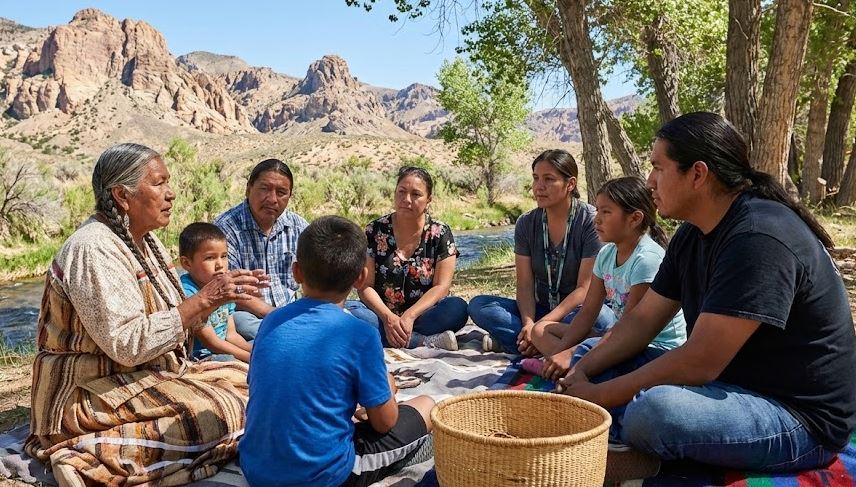Black Bears in Indiana: A Returning Presence?
In recent years, there has been a resurgence of black bear sightings across Indiana, suggesting that these iconic mammals may be slowly returning to their former territory. While Indiana doesn't have an established resident population, several individuals have been confirmed in the state since 2015.
The Indiana Department of Natural Resources (DNR) has documented five confirmed black bear sightings in modern history. The most recent sighting occurred in southwestern Indiana in June 2023. Prior to that, in 2015, a young male bear wandered through northern Indiana for several months before returning to its home range.
These sightings are believed to be primarily young male bears dispersing from neighboring states like Michigan and Kentucky, where black bear populations are thriving. These young males are often pushed out of their territories by older, dominant males and venture into new areas in search of food and potential mates.
While the exact number of black bears in Indiana remains unknown, these sightings are a promising sign for the species' potential return. The Indiana DNR is actively monitoring the situation and collecting data to better understand the factors contributing to these movements.
Black bears are considered a species of special concern in Indiana and are protected under state law. This protection prohibits the taking of a black bear except under specific circumstances and with a permit issued by the DNR.
As the black bear population continues to expand in neighboring states, it's possible that Indiana could see more frequent sightings and even the establishment of a resident population in the future. This would be a significant milestone for wildlife conservation in the state and a testament to the resilience of these magnificent creatures.



